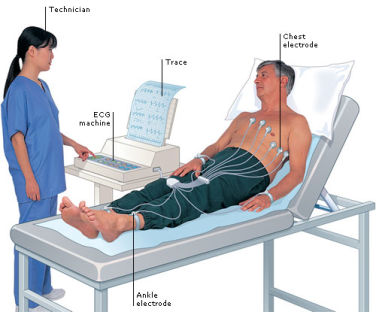
What is an ECG?
Click to read more about: What is an echocardiogram?
An ECG – or an electrocardigram - is a simple and useful test which records the rhythm and electrical activity of your heart.

What is an ECG?
Click to read more about: What is an echocardiogram?
An ECG – or an electrocardigram - is a simple and useful test which records the rhythm and electrical activity of your heart.